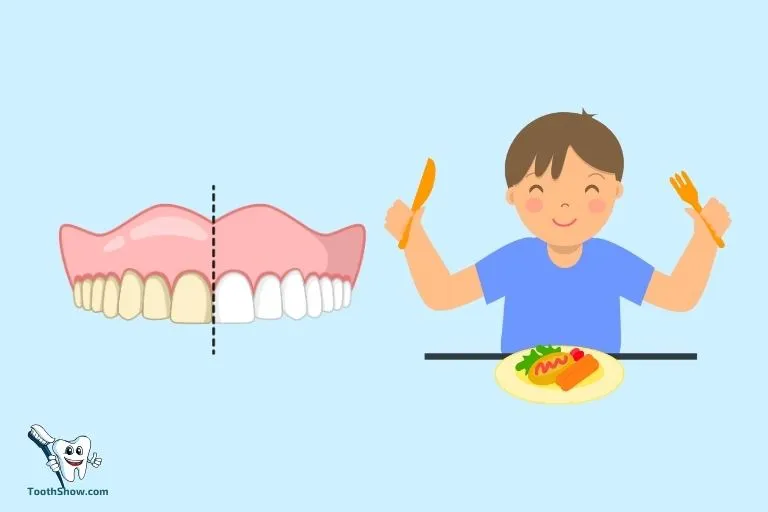What is Teeth Whitening?
Teeth whitening is a popular cosmetic dental procedure designed to brighten and lighten the appearance of teeth. It involves removing stains and discoloration caused by various factors, such as food, drinks, smoking, and aging. There are different methods of teeth whitening, including professional treatments at a dentist’s office and at-home kits. The goal is to achieve a more confident and aesthetically pleasing smile. The effectiveness and longevity of the whitening results depend on the method used, the initial condition of the teeth, and post-whitening care, including dietary choices and oral hygiene practices. Understanding the process and the impact of different foods is crucial for maximizing the benefits of teeth whitening.
The Science Behind Teeth Whitening
Teeth whitening works by using bleaching agents, typically hydrogen peroxide or carbamide peroxide, to break down the stains and discoloration molecules within the enamel of the teeth. These agents penetrate the enamel and dentin layers, reacting with the stain molecules and causing them to become lighter. The process is a chemical reaction that essentially reverses the staining process. The concentration of the bleaching agent and the duration of its application influence the degree of whitening achieved. Professional treatments often use higher concentrations for faster results, while at-home kits use lower concentrations for a safer, though slower, process. The overall effectiveness depends on the type and depth of the stains present and the individual’s tooth structure. The process does not change the natural structure of the tooth but alters the way light reflects off the surface, creating a brighter appearance.
How Teeth Whitening Works
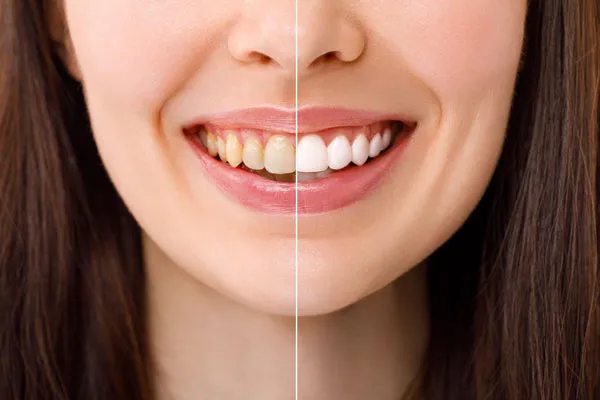
Teeth whitening can be achieved through various methods, each employing different techniques and materials. Professional whitening, often performed by a dentist, typically involves applying a high-concentration bleaching agent to the teeth and activating it with a special light or laser. This method offers immediate and significant results, often in a single appointment. At-home whitening kits, on the other hand, contain lower concentrations of bleaching agents and come in the form of custom-fitted trays or strips. These are worn for a specific amount of time each day, gradually whitening the teeth over several weeks. Over-the-counter whitening products, such as toothpastes and mouthwashes, offer a milder whitening effect and are best for maintaining results or removing surface stains. Regardless of the method, the principle remains the same breaking down stain molecules within the enamel to reveal a brighter, whiter smile. Proper use and adherence to instructions are essential to achieve the desired results and minimize any potential side effects.
Foods to Avoid After Teeth Whitening
After undergoing teeth whitening, it is crucial to avoid certain foods and drinks to prevent the teeth from staining and to maintain the whitening results. These foods and drinks often contain pigments that can easily re-stain the teeth, making the whitening effect less effective. The general rule of thumb is to avoid anything that could stain a white shirt. Common culprits include coffee, tea, red wine, dark-colored sodas, and deeply pigmented fruits like berries. Additionally, foods such as soy sauce, balsamic vinegar, and curries should be avoided. Staining can occur rapidly during the initial period after whitening because the enamel pores are more open and susceptible to absorbing color. Following a strict diet during this time is essential to protect the investment in teeth whitening.
Why Cheese is a Concern
Cheese, while seemingly harmless, can pose a challenge for maintaining teeth whitening results due to its potential to cause staining. The concern with cheese lies in its composition, specifically, the presence of certain pigments and the potential for causing discoloration. Some cheeses have a high concentration of pigments from the ingredients used, such as annatto in cheddar cheese. These pigments can easily stain the teeth, especially when the enamel is more porous after whitening. The texture and acidity of certain cheeses can also contribute to staining. In order to maintain the brightened appearance of your teeth, it is important to be aware of these factors and make informed choices. This will prevent any potential setbacks, allowing you to enjoy your whitened smile for a longer period.
Cheese and Staining
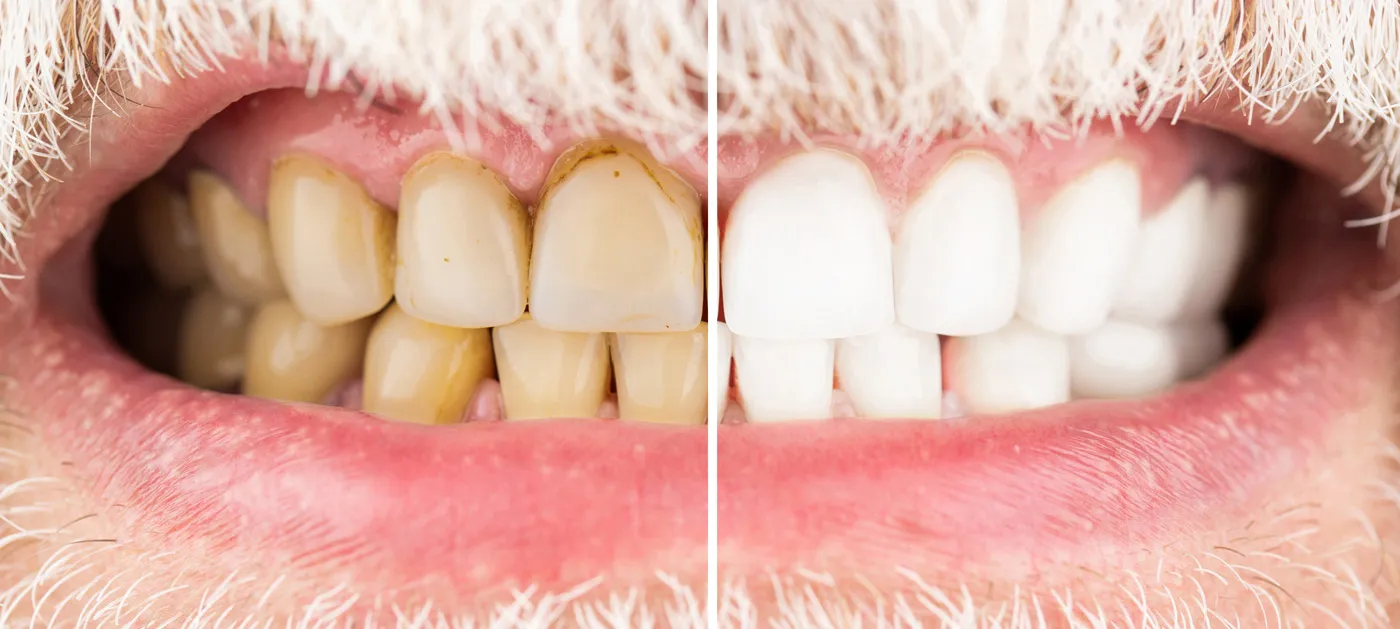
The staining potential of cheese after teeth whitening varies depending on its type and composition. Certain cheeses contain natural pigments or dyes that can deposit on the tooth enamel, causing discoloration. The porous nature of the enamel after the whitening treatment makes it more susceptible to absorbing these pigments. Cheese can cause both surface stains and deeper stains. Surface stains are relatively easy to remove with proper oral hygiene, while deeper stains can require additional treatments. Understanding the factors that contribute to cheese-related staining can help in making better dietary choices. This will help you to protect and maintain the results of your teeth whitening procedure. Be aware of the color and ingredients of different cheese types and their potential impact on your smile.
Types of Cheese and Their Impact
Different types of cheese have varying impacts on teeth whitening results due to their ingredients, pigmentation, and acidity levels. Some cheeses are more likely to stain teeth than others. For example, cheeses with natural dyes, such as annatto, or those made with strongly colored ingredients, like certain blue cheeses, pose a higher risk of staining. The acidity of some cheeses can also contribute to enamel erosion, making teeth more susceptible to stains. It’s essential to consider the composition of each cheese type to minimize the risk of staining. By being selective in your cheese consumption, you can enjoy a wider variety of foods. You will also maintain your teeth whitening results for an extended duration.
Hard Cheeses
Hard cheeses, such as cheddar and parmesan, generally pose a lower risk of staining compared to softer cheeses. Their firm texture allows for slower consumption, reducing the amount of pigment contact with the teeth. Some hard cheeses may contain pigments that can cause discoloration, especially if they are aged or have added ingredients. Moderate consumption and thorough rinsing of the mouth after eating these cheeses can help minimize any potential staining. Hard cheeses are also often higher in calcium and can help in remineralizing the enamel, which is beneficial for oral health. However, it’s important to consume them in moderation and maintain a good oral hygiene routine.
Soft Cheeses
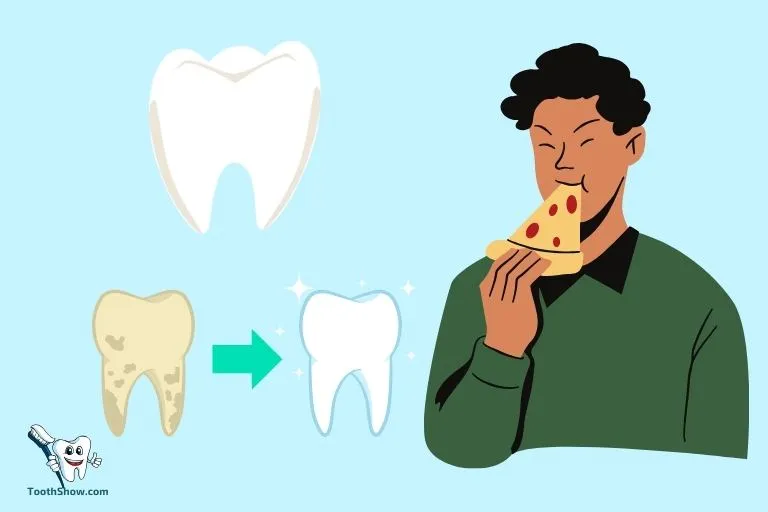
Soft cheeses, like brie and goat cheese, present a higher risk of staining because of their texture and composition. Soft cheeses often have a higher moisture content, allowing for more direct contact with the tooth enamel. Furthermore, some soft cheeses contain added ingredients or natural pigments that can contribute to discoloration. The acidity levels in certain soft cheeses can also affect enamel, making teeth more susceptible to staining. Careful consideration should be given to consuming soft cheeses after teeth whitening. It’s advisable to consume these in moderation and maintain an impeccable oral hygiene routine. Be sure to rinse your mouth thoroughly or brush your teeth after eating any type of cheese.
Cheese Alternatives During Whitening
During the post-whitening period, choosing cheese alternatives can help in reducing the risk of staining while still providing a source of nutrients. Consider options like plain yogurt, cottage cheese, or even dairy-free alternatives that don’t contain pigments or stain-causing ingredients. These choices offer a comparable flavor profile and nutritional benefits without the staining potential of some cheeses. It’s essential to scrutinize the ingredient lists of these alternatives. Avoid those with added coloring or ingredients that might cause discoloration. This ensures you maintain the brightened appearance of your teeth. These alternatives allow you to maintain a balanced diet while preserving your teeth whitening results.
Dairy-Free Cheese Options
Dairy-free cheese alternatives offer a solution for those wanting to avoid dairy products after teeth whitening. Many brands now provide plant-based cheese options made from ingredients like nuts, soy, or coconut oil. When selecting dairy-free cheese, it’s crucial to check the ingredient list for any potential staining agents. Some dairy-free cheeses may contain added colors or pigments that could impact your teeth whitening results. Opt for products with a neutral color and minimal additives to ensure they won’t stain your teeth. These alternatives provide a tasty and safe way to include cheese-like flavors in your diet. It’s important to always pair these options with good oral hygiene to preserve your bright smile.
Other Foods to Enjoy
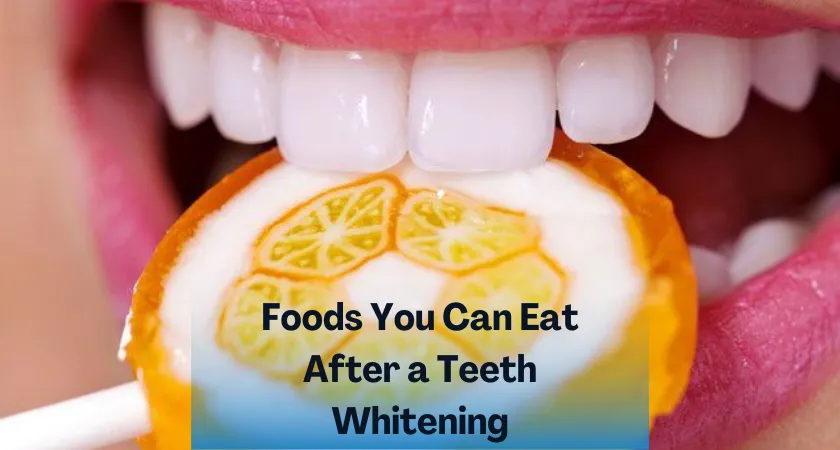
While some foods should be avoided, many others can be enjoyed after teeth whitening. Focus on consuming foods that do not contain pigments or that are naturally white or clear. This includes foods like chicken, fish, white rice, cauliflower, and bananas. Drinking clear beverages such as water and clear soda is also advisable. These food choices minimize the risk of staining, allowing you to maintain your bright, white smile. Eating a balanced diet with plenty of fruits, vegetables, and lean proteins supports overall health. This will contribute to the longevity of your teeth whitening results.
Best Practices for After Whitening
Following best practices after teeth whitening can maximize results. This includes adhering to dietary recommendations, maintaining excellent oral hygiene, and avoiding staining substances. It is recommended to avoid foods and beverages that can cause staining. This includes coffee, tea, red wine, and dark-colored fruits and vegetables. Brushing your teeth gently with a soft-bristled toothbrush and using non-staining toothpaste can help remove surface stains. Visiting your dentist for regular check-ups and cleanings is equally important. These habits will ensure your teeth stay bright and healthy.
Oral Hygiene
Maintaining excellent oral hygiene is crucial for preserving the results of teeth whitening. Brushing your teeth at least twice a day with a non-abrasive, whitening toothpaste helps remove surface stains and maintain a bright smile. Flossing daily removes food particles and plaque from between your teeth, preventing staining and promoting overall oral health. Using mouthwash can help to rinse away any lingering pigments. Consider the use of a fluoride rinse to strengthen your enamel. Regular dental check-ups and professional cleanings help remove deeper stains. This also prevents any issues that might affect your smile. Consistency and diligence with your oral hygiene will extend the longevity of your teeth whitening.
When to Reintroduce Cheese

The timeframe for reintroducing cheese after teeth whitening varies depending on the individual and the type of cheese. Generally, it is advisable to wait a few days to a week before gradually reintroducing cheese into your diet. During this period, the enamel is more porous and susceptible to staining. Start with lighter-colored cheeses that have fewer pigments, and observe how your teeth react. If you notice no staining, you can gradually incorporate other cheeses into your diet. Maintaining diligent oral hygiene, such as brushing and rinsing after eating cheese, can mitigate any potential staining. Consulting with your dentist for personalized advice is always recommended.
Consulting Your Dentist
Consulting with your dentist is the best way to get personalized advice on teeth whitening. A dentist can assess your oral health, recommend the best whitening method, and provide specific guidance on dietary restrictions. They can also monitor your progress and provide professional cleanings to remove any stains. The dentist will also offer insights based on your unique needs and ensure that your teeth whitening experience is safe and effective. Following your dentist’s advice and recommendations will not only help you achieve the best whitening results, but it will also promote your overall oral health. Regular check-ups can also help prevent future staining.
